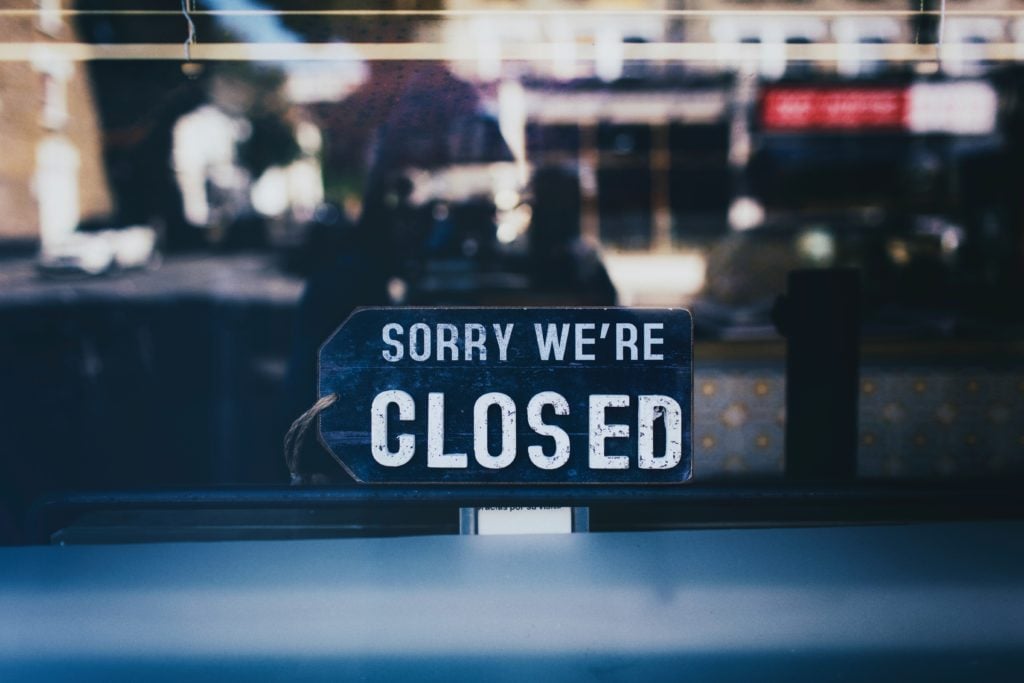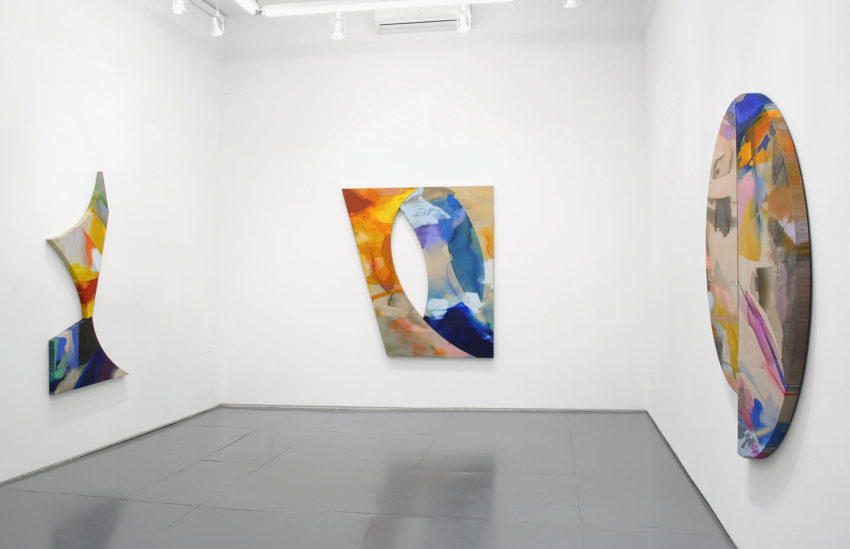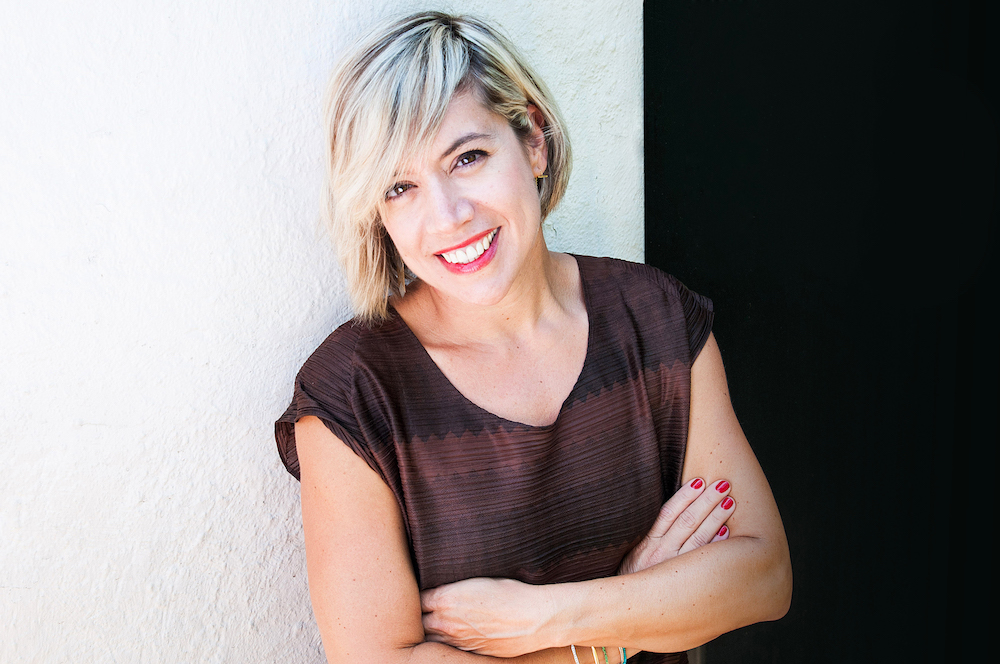Art World
‘Success Seems Based on Sheer Luck’: Galleries and Museums Scramble for Government Relief Funds—Before They Dry Up Again
So far, museums have found more success than galleries in navigating the maze.

So far, museums have found more success than galleries in navigating the maze.

Eileen Kinsella

Ingrid Bromberg Kennedy, a partner in Lower East Side gallery Klaus Von Nichtssagend, recently checked the gallery’s bank account—and was surprised by what she found.
Roughly a week after filing for financial relief under the new US CARES Act, and without any notice of approval or even a response from the government or her bank, the funds showed up. She’s still not sure why her gallery—which has three partners and no full-time employees—was approved.
In some ways, Kennedy’s experience is emblematic of those of many arts leaders who have applied for the Paycheck Protection Program (PPP), a loan designed to provide a direct incentive for small businesses or nonprofits of under 500 employees to keep their workers on payroll.
By almost all accounts, communication from the government has been minimal, guidance from many banks (particularly large ones) has been poor, and it has been difficult to determine why some applications are approved and others aren’t. But Kennedy’s story has a happier ending than some of her peers.
Of the 14 institutions we surveyed, eight have been approved for funding—six museums and two commercial galleries. They include the Brooklyn Museum, the Queens Museum, the San Francisco Museum of Modern Art (SFMOMA), the Fabric Workshop and Museum, the ICA Boston, and the Leslie-Lohman Museum of Art.
Applicants say the process favored larger businesses with established relationships to banks—regardless of what industry they’re operating in—over smaller companies. This dynamic has left many galleries and some smaller institutions behind, especially those that applied later in the game, deal with banks less frequently than museums with significant endowments, and don’t have dedicated finance teams to assemble the necessary paperwork.
So far, the biggest impact of PPP has been felt in museums that have been able to take staff off furlough. Last month, SFMOMA laid off 135 on-call staff, furloughed 156 employees, and placed 35 more on a reduced schedule. Its $6.2 million PPP loan will now enable the museum to lift the furlough and pay staff in full through June 30—although, notably, the on-call employees will not be reinstated. The Queens Museum’s loan of $493,000 enables the museum to bring furloughed staff with reduced hours back to full time and employ part-time workers. The ICA Boston’s $1.38 million loan will allow the institution to keep its staff at full pay.

Installation view of “Pamela Jorden: Reflector” at Klaus von Nichtssagend Gallery.
Dealers and museum administrators alike describe the program as a moving target. “There was so much changing guidance,” said Elizabeth Denny of Denny Dimin Gallery. “We have a lending relationship and a bank account with Chase but there was no one there I could call to ask, ‘How do I make sure that this process goes smoothly?'” An accountant she works with helped prepare the necessary paperwork, but she says the bank offered little guidance about filing deadlines.
Then, within days after the PPP program began in early April, the $342.3 billion in funding ran out.
“We heard absolutely nothing until whenever it was that they told everybody, ‘If you don’t have the money yet it’s gone,'” Denny said. She recounted receiving a decidedly tone-deaf email from Chase informing her that the gallery was not approved and describing the extraordinary “popularity” of the PPP among its clients. (A Chase representative did not immediately respond to a request for comment.)
Some institutions shut out of the first round found luck with the second round of $310 billion released this week. Many tried for funding more than once—often through multiple banks, which is permitted under the program. Big banks, sources said, tended to be less helpful than smaller outlets more attuned to the needs of small businesses.
Indeed, just hours after Fabric Workshop and Museum executive director Christina Vassallo told Artnet News that the PPP application was “a deeply frustrating process,” the Philadelphia institution had an update—it gained approval for a $300,000 loan for payroll, benefits, and utilities on Wednesday evening.
The institution initially went through PNC Bank, with which it has an existing relationship. No luck. Then they tried a different, smaller bank, Asian Bank, which presented an entirely new set of rules and red tape to navigate. “We received a call within an hour, from an actual human,” Vassallo said. The process was more complicated, taking seven hours to complete, but ultimately, it was successful. “To be honest, success seems based on sheer luck,” Vassallo added.

Installation view of Julie Mehretu’s HOWL eon (I, II) (2017) at SFMOMA. Photo: Matthew Millman Photography.
Klaus von Nichtssagend director Kennedy also believes a mixture of sheer luck and perseverance played a role. She initially believed her business was not eligible for PPP since the gallery does not have staffers—it has three owners who pay themselves. But after heeding the warning of a relative in finance (“he warned the money would run out fast… and it did,” she said) and taking some Zoom webinars, she learned the gallery model was eligible and won approval on the first round, working with Chase.
Los Angeles dealer Francois Ghebaly also had better luck with the second round of the PPP, having applied with a new, smaller bank, East West Bank, whose head of private banking is a collector and offered to help. “I think will be switching banks, as I couldn’t deal with lack of attention and help we received from Bank of America,” Ghebaly said.
Some dealers also found success with Square, the company that allows vendors to accept credit card purchases with small card readers and recently began to accept PPP applications. “The experience was so much easier than Chase’s platform, and they have already been in touch via email with three update emails, whereas Chase sent me virtually nothing along the way,” one dealer said.
Although it remains unclear what makes a successful application, those who have completed many have pointed to some common threads. Priority has generally been given to galleries that have W2 or full-time employees, according to Amy Davila, CEO of Los Angeles-based Art Smart, a business management firm that caters to the art world. (This may exclude many small galleries, which have only one or two full-time staff who are partners in the business.)
Of the 50 clients for whom her firm has overseen PPP applications, 11 have been successful so far. Davila says most of the galleries she works with are still operating remotely with online exhibitions and selling work, so they need a staff to set up shipments, send out offers to clients, and coordinate forthcoming exhibitions.

Amy Davila, Founder of ArtSmart Inc. Los Angeles.
But in order to have the PPP loan forgiven by the government, Davila notes, the majority of the money must be spent on employees and within 60 days of receipt. So “for some galleries, it doesn’t make sense because they don’t have enough work to keep their people busy because they need them physically there and only when there is a public to service,” Davila explained. (The Small Business Administration offers additional guidelines about loan forgiveness, including that employees must be retained on the same salary as before.)
“The past two months has really shown us how important it is to be organized. This is something we’ve always promoted with our clients,” Davila said. “Even a two-person operation is still a business, and having a bookkeeping system, business checking account, filing taxes on time, having a payroll system—all of this really matters when you are trying to get a grant or a loan.”